In Search of God in Kathmandu
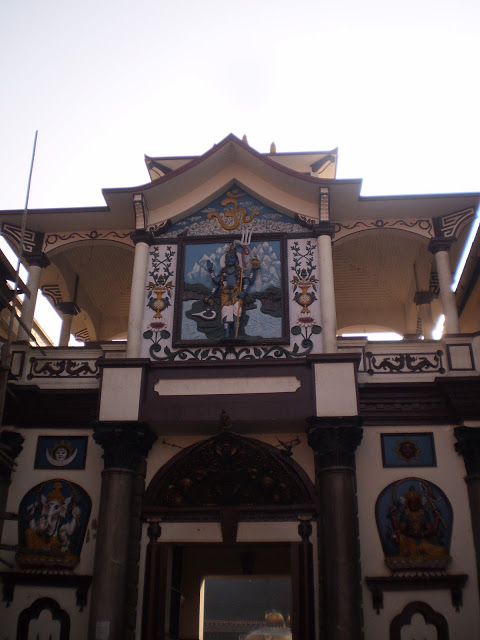
Kathmandu: There is something intriguing and powerful about deeply religious societies and Nepal is one where religiosity and freedom of religion mix freely – Hinduism, Buddhism, Islam and most recently Christianity. Until 2006, Nepal was the world’s only Hindu kingdom. It is a now a secular state but Hinduism and religion in general remains a huge part of Nepali history, culture and also its charm. The Hinduism I experienced in Nepal was very different from what we have grown up watching in Indian movies or even our Hindu neighbours at home. It is richer, more colourful and powerful – even the pantheon of gods seems to be different. The Pashupatinath temple on the banks of the Bagmati River in eastern Kathmandu is one of Hinduism’s holiest sites and the foremost temple of Lord Shiva in the world. Lord Pashupatinath is an avatar/incarnate of Lord Shiva. Non-Hindus or foreigners are not allowed into the temple. The path to god is never easy but nevertheless, I made it.
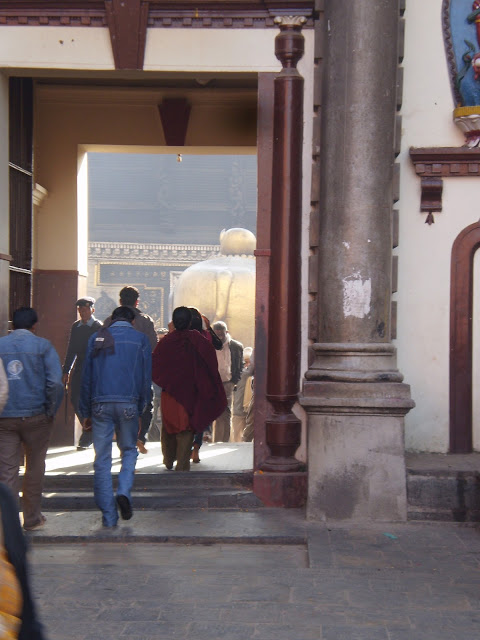
There are long queues to make offerings and you will find people who offer to help to cut the queue – but I was a bit scared to ‘cheat’ in a temple so I waited patiently. I handed over my offerings to the priest who was clearly not a local – fair skinned, broad and decidedly more ‘Lahori’ looking than Nepali! My guide later told me that the high priests of Pashupatinath have been a Brahmin family from South India and that attempts to replace the Brahmin family with local priests has always failed. The Pashupatinath Temple is big business for Kathmandu. Thousands of pilgrims flock to the temple every day. Hotels, restaurants and bazaars dot the area around the temple. Also, if you don’t have an offering to make to Lord Pashupatinath, don’t bother getting in line. The guardians of god will turn you away.
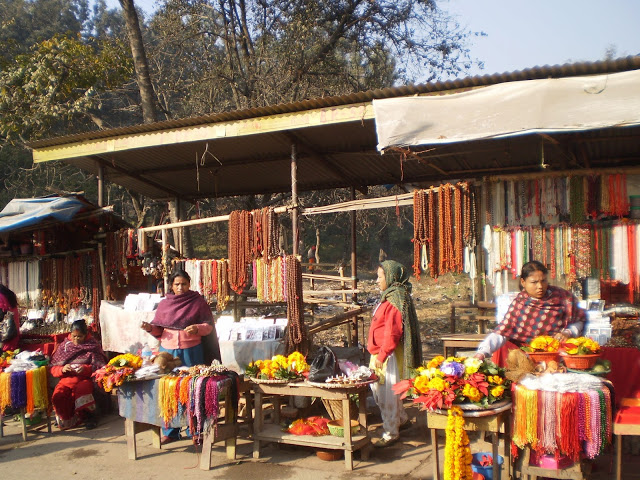
There are temples – big and small, new and old – all over Kathmandu. Lord Shiva remains the most popular deity with his various avatars. ‘Bhairava’ is a rather fierce manifestation of Shiva and pretty much responsible for the annihilation part of Shiva’s job description.
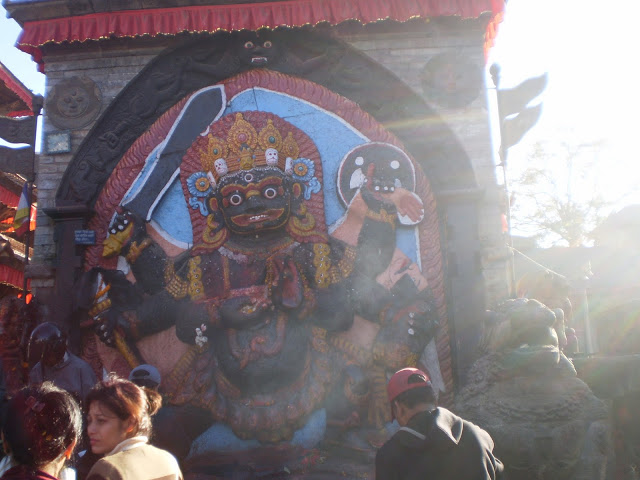
Hanuman Dhoka is a great place to see small temples in Kathmandu town. They are not as well maintained as the temples in the other Kathmandu valley towns of Patan and Bakhtapur but they do have more foot fall and you’ll find more believers ‘in action’ here. There is something so peaceful about watching people pray.
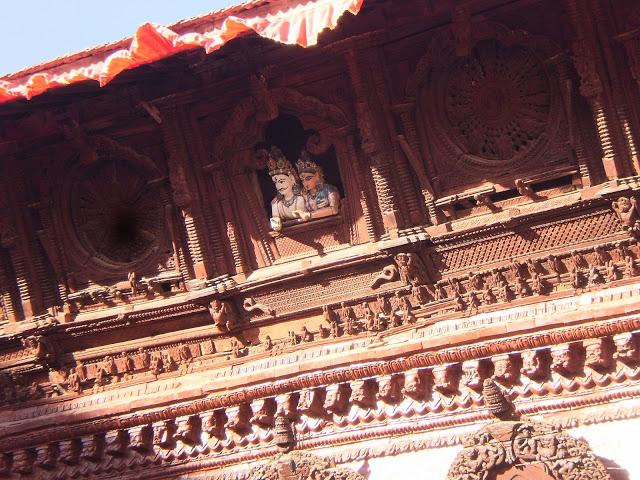
Some 10 kilometers away from Hanuman Dhoka – which is the center of Kathmandu city – is the Budhanilkantha Temple of Lord Vishnu. Carved out of a single piece of basalt rock, Vishnu seems to be reclining on a bed of coiled snakes over the cosmic ocean – how’s that for a resting place?
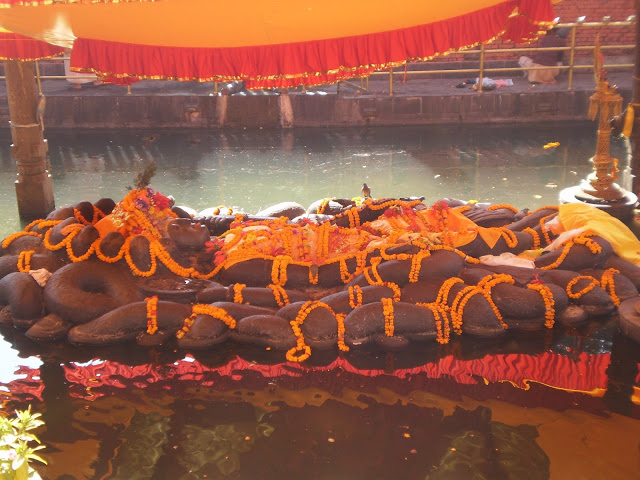
The awakening of Lord Vishnu from his rather long slumber is celebrated around October-November with thousands of pilgrims visiting the temple. Rumour has it that this sculpture of Vishnu was discovered by a farmer and his wife while plowing the land. Throughout most of history, Vishnu has remained the most popular deity in Nepal with some centuries dominated by Shiva. The Budhanilkantha Temple should be a must-visit on your Godly Trail. Last but not the least, the most celebrated Nepali deity outside Nepal: Kumari, the Living Goddess.
Sorry guys, I got nothing. Just kidding. Within the Hanuman Dhoka is the home of the celebrated living goddess of Kathmandu. Contrary to popular belief, there is not one but three living goddesses in the Kathmandu valley – one each in Kathmandu, Patan and Bakhtapur. The Kathmandu/Hanuman Dhoka Living Goddess, Kumari, is by far the most public one – she makes an appearance at 4.30pm everyday for the visitors to have a look. She also grants a special audience to those who are well-connected of course. You can buy postcards with her picture on it outside her house but you may not take a picture of her when she makes her daily balcony appearance.
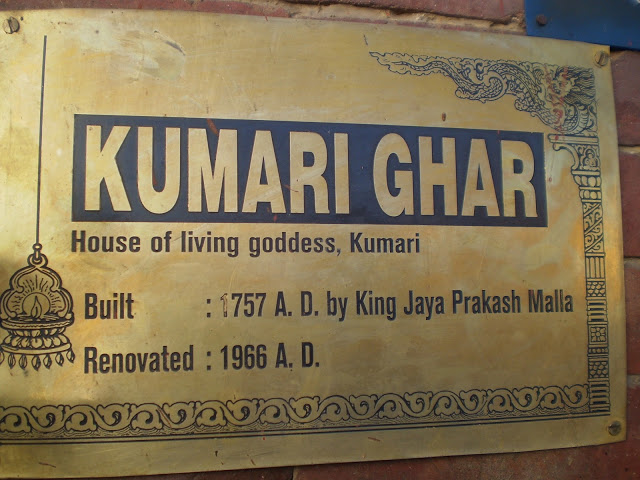
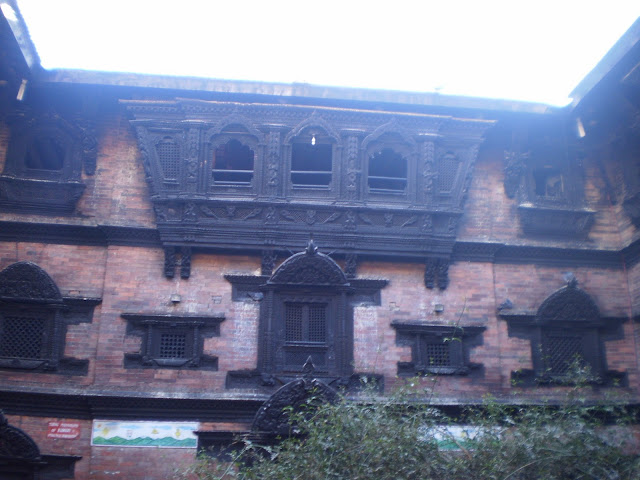
The Hindu faith takes on a grand role in the life of the average Nepali – whether he/she is Hindu or not. It is in the very fabric of Nepal – the history, myths, legends and reality come together to create a godly trail unlike any other.
Source: The Friday Times Blog, DT. June 28, 2013.







